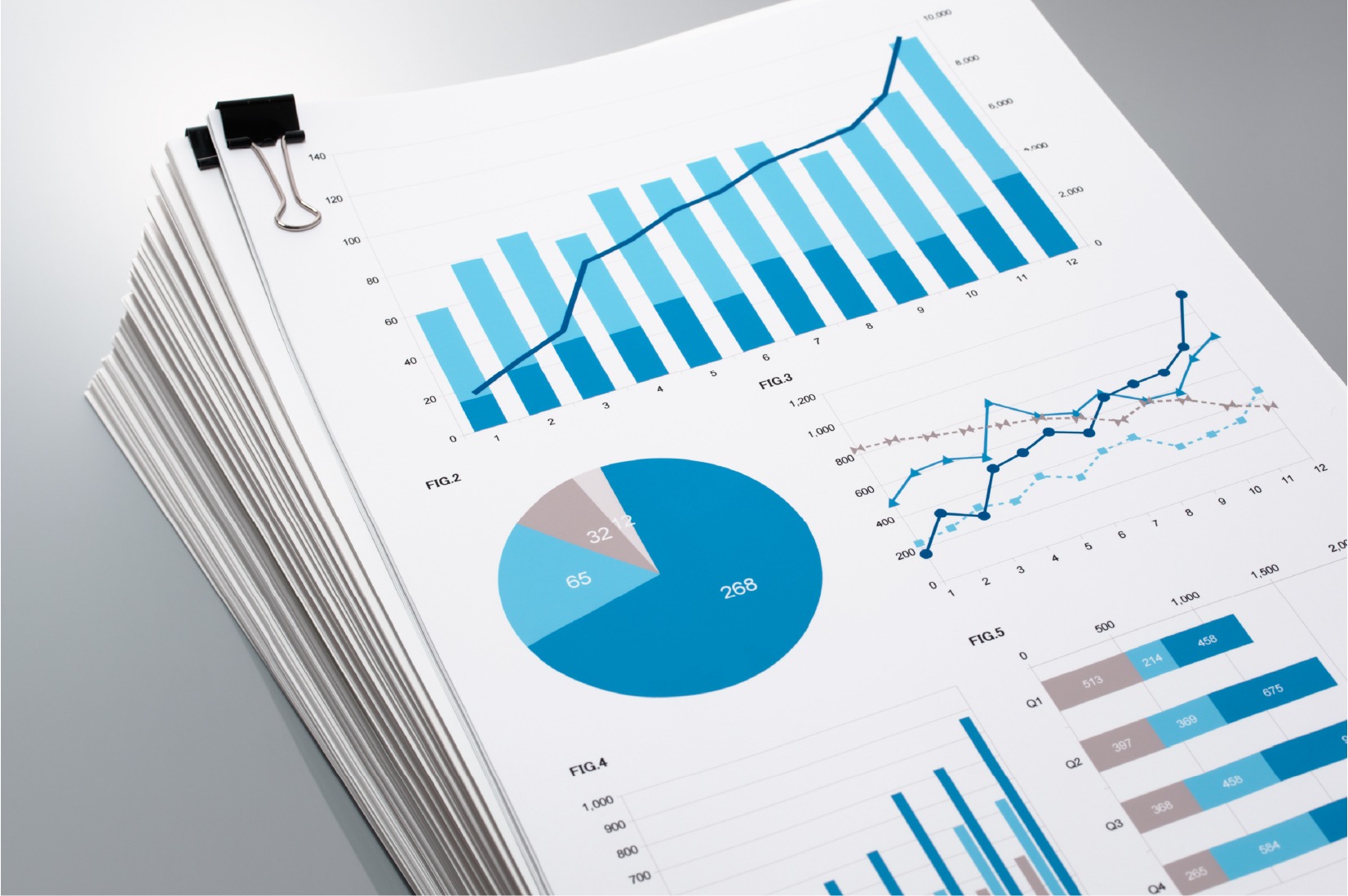Jump to
Featured Insights
The go-to-place for leaders to gain insight on market, industry and business latest trends. Read also about our most innovative ideas and how they come into practice in the markets and industries we serve.
Browse all Insights
¿Cuán preparado está el sector de la salud para afrontar otro huracán como María?
May 16, 2019 12 minute read
Con la temporada de huracanes a la vuelta de la esquina, hay que recordar que las personas con problemas cardíacos y respiratorios, diabéticos y enfermos de Alzheimer son los más vulnerables, y que los accidentes, los suicidios y las septicemias se multiplican tras un huracán. Aparte de ver las causas del aumento de muertes por María, en este Insight nos preguntamos qué se ha hecho para mitigar el impacto de futuros huracanes.
Post-2017 Hurricane Season: Latest Trends and Developments
April 1, 2019 21 minute read
Much has transpired since Hurricanes Irma and Maria swept through Puerto Rico 18 months ago resulting in over $80 billion in damages and more than $25 billion in lost output, decimating the Island's vulnerable electric grid and other critical infrastructure systems, disrupting normal economic and social life, and inducing tens of thousands of Puerto Ricans to flee the Island. While the progress made should not be understated, given the noble, and at times heroic, work of those individuals and organizations (public and private) committed to the Island's recovery and reconstruction, the pace of the process has been painstakingly slow and the impact of the incoming Federal funds on the local economy has been limited. Many saw the billions of dollars in post-disaster relief funds flowing into the Island as a silver lining and as a source of a much-needed boost in economic activity. However, the pace of disbursements has been slow and, consequently, the impact on the local economy has been limited thus far. Furthermore, as commonly occurs in post-disaster efforts, nonlocal entities, mostly US mainland contractors, have greatly benefited from the inflow of billions of dollars for disaster recovery and reconstruction, while local contractors have been awarded a small fraction of contracts.
Informe de V2A sobre la banca de RD - Enero a Diciembre 2018
March 28, 2019 1 minute read
La rentabilidad de los bancos múltiples (Top 5 consolidado) en la República Dominicana se mantuvo en ascenso durante el 2018, logrando un 22.4% de ROE antes de impuestos frente a un 20.5% en el 2017. De igual forma, la tasa de eficiencia (productividad) del Top 5 de la banca múltiple mejoró de 67.2% en 2017 a 66.1% en 2018, alineado con el aumento de la rentabilidad. La solvencia de los bancos se situó en 15.9% registrando una reducción continuada con respecto a años anteriores (17.1% en 2016 y 16.9% en 2017). El sector de las Asociaciones de Ahorros y Préstamos (AA&P) sigue manteniendo una participación de mercado en cartera crediticia relevante, aunque por debajo de la banca múltiple (86.95% de la banca múltiple vs 10.21% de las AA&P). Si bien existe una diferencia sustancial en ROE entre los dos tipos de entidades (21.76% en la banca múltiple vs 9.91% en las AA&P), la brecha es más ajustada en ROA (2.27% en la banca múltiple vs 1.94% en las AA&P).
PR Banking Industry Report Q4 2018
March 13, 2019 2 minute read
The Puerto Rico banking industry closed the year 2018 on a high note, registering a Pre-Tax ROE of 14%, the highest level of profitability since 2005. The divergence between the profitability of local banks and US commercial banks narrowed significantly in 2018 with US commercial banks reporting a Pre-Tax ROE of 15.1%. The local banking industry has become increasingly concentrated with Popular holding $37.9 billion (58%) in assets of an industry total of $65.9 billion, and the three largest banks, i.e. Popular, FirstBank and Oriental, accounting for 84% of the total. The industry-wide cost to income reached 55.9% in 2018, the lowest level since prior to the onset of the economic downturn of 2006. With few opportunities to deploy excess capital, capital levels continue to strengthen with an industry level Tier 1 Risk-Based Capital Ratio of 21.7% in 2018, compared to less than 10% in 2008. Asset quality has also been moving in the right direction, with the industry closing 2018 with a nonperforming loans ratio of 6.8%. Concerns over post-hurricane asset quality deterioration have largely dissipated. The strong profitability performance of banks in 2018 was accompanied by a strengthening of their balance sheets with total assets increasing by 5.7%, deposits by 7.9% and the industry credit portfolio by 2.8%. Given the latest trends in profitability levers, upcoming recovery funds and economic forecasts, we expect a similar or even stronger performance in 2019.
2018, a turning point for the profitability of local banks?
February 20, 2019 6 minute read
2018 was an excellent year for the profitability of banks in Puerto Rico. At the industry level, Pre-Tax ROE reached 14%, aligned with the US banking industry profitability levels for the first time in ten years. We expect this trend to continue in 2019 since most of the profitability levers seem to be moving in the right direction.
From emerging to mainstream: internet platforms Airbnb and HomeAway are transforming the Puerto Rico lodging infrastructure
January 28, 2019 8 minute read
The various impacts of the sharing economy are being felt worldwide, and Puerto Rico is no exception. The Island's hospitality sector is being transformed by the short-term rental business, with rental platforms like Airbnb and HomeAway generating new vacation-related business and spreading tourist dollars beyond the typical hotel and tourism districts.
Informe de V2A sobre la banca de RD - Enero a Septiembre 2018
January 10, 2019 2 minute read
Los cinco principales bancos múltiples de la República Dominicana (Top 5 consolidado) siguen mostrando una alta rentabilidad al cierre del tercer trimestre del 2018, con un ROE antes de impuestos de 23.6% anualizado, impulsado por una economía en franco crecimiento (i.e. variación interanual del PIB real durante el periodo de enero a septiembre de 2018 de 6.9%). Vemos también un crecimiento saludable en la cartera de crédito de los bancos y gastos sobre ingresos relativamente bajos, factores que inciden también en la rentabilidad. Popular, BHDLeón y Banreservas, los principales bancos que conjuntamente administran 90% del total de activos del Top 5 y 77% de la industria, reportaron los niveles de rentabilidad más altos al cierre del tercer trimestre de 2018, con ROE pre-impuestos de 27.4%, 26.6% y 23.5%, respectivamente. Progreso y Scotia, bancos que gestionan el restante 10% de activos del Top 5, registraron ROEs pre-impuestos de 17.2% y 9.6%, respectivamente. Además, el índice de solvencia del Top 5 se situó en 17.0% en agosto del 2018, muy por encima del mínimo regulatorio de 10% establecido por ley. Finalmente, en este número analizamos la evolución de las carteras de crédito de la banca múltiple, donde observamos crecimientos elevados acompañados de una mejora en la tasa de morosidad para la mayoría de bancos.
Tourists are increasingly choosing cruise ships and short-term rentals to visit Puerto Rico
December 11, 2018 7 minute read
Hurricane María was particularly harmful for one of the key economic sectors of Puerto Rico, tourism. After one year and three months, the tourist sector is showing positive signs of growth and encouraging new dynamics. The traditional hotel sector is rapidly moving towards pre-hurricane business levels, the cruise ship industry is booming, and tourists seem to be increasingly relying on short-term rentals to visit Puerto Rico.
PR Banking Industry Report Q3 2018
December 10, 2018 2 minute read
The positive momentum in the local banking industry continued to build in the third quarter of 2018, following the historic and highly disruptive 2017 Atlantic hurricane season. The industry-wide Pre-Tax ROE in Q3 2018 reached 13.7%, following a strong first half of 2018 (Pre-Tax ROE of 8.3% in Q1 2018 and 17.4% in Q2 2018), yielding a YTD 2018 Pre-Tax ROE of 13.1%. These profitability levels have not been seen since 2005, prior to the onset of the prolonged and deep economic downturn. Concerns over the deterioration of asset quality have further abated given the latest quarterly delinquency levels. The Q3 2018 industry-wide nonperforming loans ratio stood at 7.6% from a peak of 9.2% in the wake of the hurricanes. Furthermore, after the temporal and non-recurring impact of Hurricanes Irma and Maria on the banks' income and expenses, banking productivity levels improved materially, reaching a cost to income ratio of 56.5% in YTD 2018 from 63.8% in 2017. Capital buffers remain exceedingly strong, with a consolidated Tier 1 Risk-Based Capital ratio of 20.9%. Going forward, strong banking performance is expected to continue given the billions of dollars in public and private post-disaster reconstruction funds that will be increasingly flowing through the economy and financial system. Lastly, in this issue, we benchmarked the profitability performance of local banks against that of similar-sized United States peer banks since 2015, also breaking down profitability by income and expense levers to help explain what drove the differences in YTD 2018.











